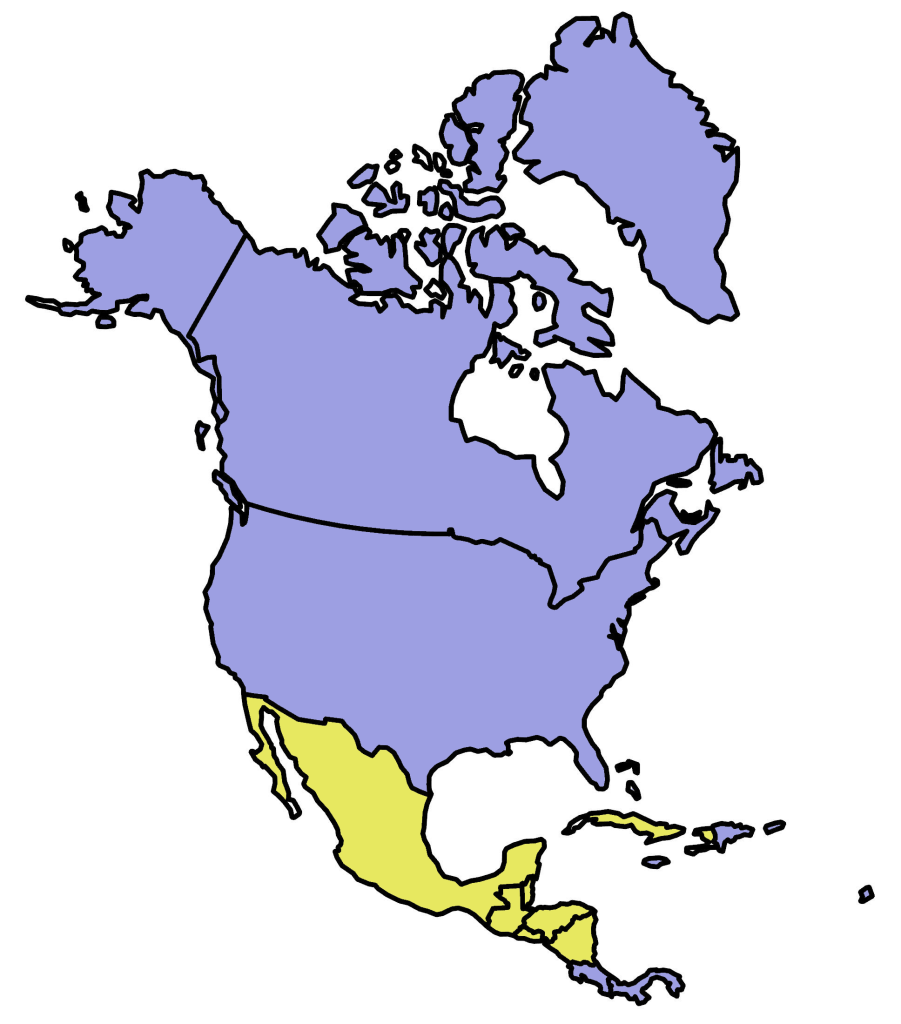The United States at the start of the game.
The United States, once hailed as the pinnacle of technological and military might, has seen its supremacy gradually diminish since the conclusion of World War II. Although still boasting a formidable military and leading advancements in various fields such as computers, pharmaceuticals, medical, aerospace, and military equipment, the nation’s edge has gradually eroded over the past four decades.

By the late 2020s, political instability within the US gave rise to a shift in foreign policy objectives among its traditional allies, leading to a period of decoupling. The repercussions were felt keenly in the Indo-Pacific region and Eastern Europe, culminating in the Russian war in Ukraine and the Chinese military crisis in the Taiwan strait, which brought the US and China precariously close to direct military confrontation.
Amidst this shifting global landscape, the US found itself pitted against formidable rivals, particularly the autocratic regimes of Russia and China in Asia, with the African Union also emerging as a notable contender.
To counter these challenges, the United States aligned itself closely with the European Union, the South Asian Treaty Organization (SATO), and the Union of South American Nations (USAN). Together, they formed an aligned order of democratic blocs, though their lack of a common world currency allowed the US to maintain its economic strength. The dollar remained widely adopted, with nearly 70% of the world still using it for business transactions facilitated by American payment companies.
Undoubtedly, the United States continued to wield unparalleled military might in 2035, with military spending nearing a staggering 1 trillion dollars. Positioned as the world’s security guarantor, the US military growth aimed to counterbalance the expansion of China and Russia’s military capabilities. Both the European Union and SATO emerged as trilateral allies, uniting to counter the economic and military domination of their adversaries and internal threats from terrorism and cartels.
The United States’ robust military-industrial complex capitalized on this alliance, supplying its allies with billions of dollars worth of military hardware, and bolstering their national armies. The military spending surge encompassed funding for proxy wars in Ukraine, Afghanistan, Africa, and the Middle East, as well as the acquisition of state-of-the-art military equipment, ranging from sophisticated fighter jets to advanced assault rifles.
Despite its impressive arsenal, the US forces comprised a diverse amalgamation of land forces, tanks, and ground vehicles spanning multiple generations. This abundant supply rendered the US military a formidable player on the global stage. Supported by 4th, 5th, and 6th-generation airpower, the US enjoyed air superiority, boasting an array of both unmanned and manned aircraft.
With a formidable naval fleet encompassing 11 aircraft carriers, around 20 large amphibious ships, and nearly 50 nuclear submarines, the US Navy maintained a potent global presence. However, its domination in the Asian and Indian waters had waned, limiting its unilateral reach in those regions.
The US military further embraced the frontiers of space and air, incorporating unmanned and manned stealth fighters and hypersonic bombers. An intricate web of US-operated satellite networks, in conjunction with those of the EU and SATO, enabled seamless military integration and facilitated precision drone and satellite-guided attacks on targets from vast distances. The deployment of loyal wingman configurations empowered the crews, allowing them to operate alongside up to three autonomous drones, providing air and ground cover while engaging adversaries from afar.
Taking technological prowess to new heights, the US deployed stealth aircraft equipped with direct energy weapons, capable of disabling and destroying enemy aircraft and drones from unprecedented distances instantaneously.
As the world continued to evolve, the United States, once an unchallenged titan, now found itself navigating a complex global landscape, relying on its military might and technological advancements to maintain its position among the nations.
In the year 2034, the United States finds itself facing a daunting array of challenges. The country is in the grips of a serious economic crisis, with rising unemployment, spiraling debt, and growing inequality. Meanwhile, the effects of climate change are becoming ever more apparent, with more frequent and severe natural disasters, food shortages, and water scarcity affecting large swathes of the population.
Despite these challenges, the United States remains at the forefront of technological innovation. Advances in artificial intelligence, robotics, and biotechnology have revolutionized many aspects of daily life, from transportation and healthcare to entertainment and education.
Against this backdrop of crisis and innovation, the people of the United States are grappling with fundamental questions about the nature of society, the role of government, and the meaning of progress. Will the country be able to come together to confront its challenges, or will it succumb to division and chaos? Will technology be a force for good, helping to solve the country’s problems, or will it exacerbate inequality and widen the gap between the haves and the have-nots?
As the future unfolds, the answers to these questions will shape the destiny of the United States for generations to come.